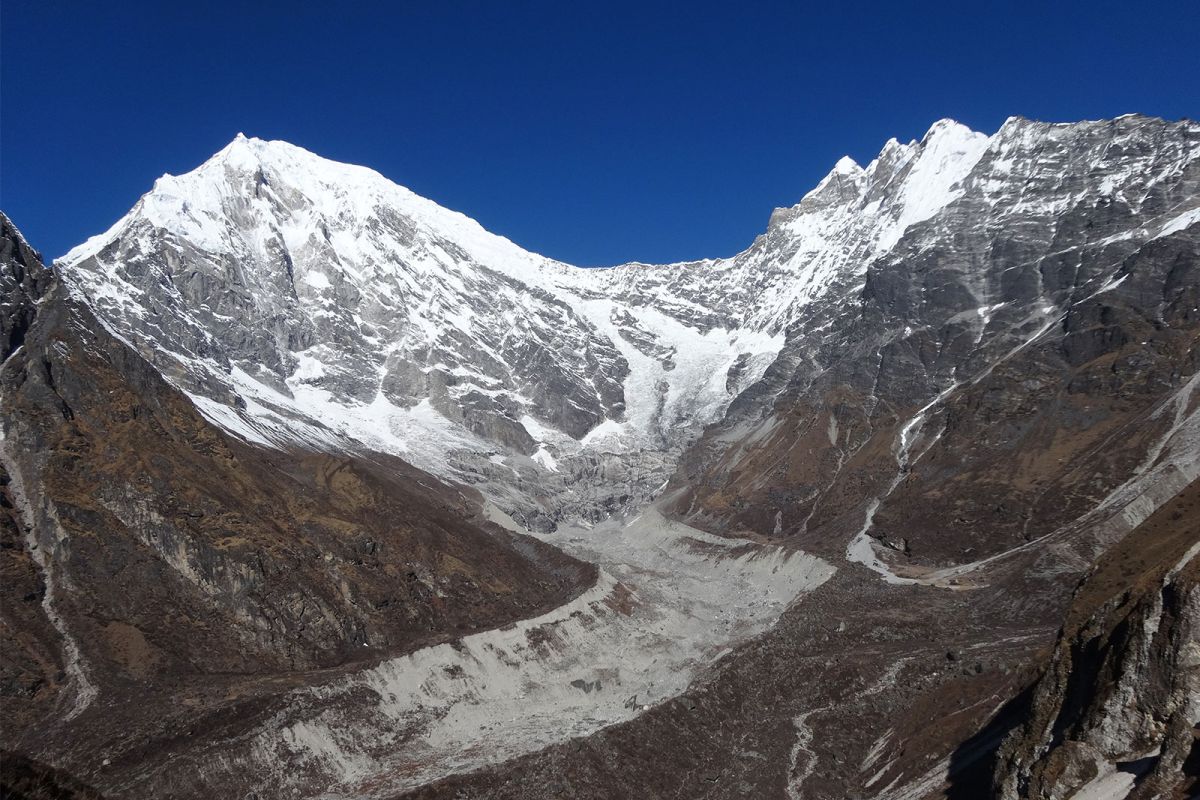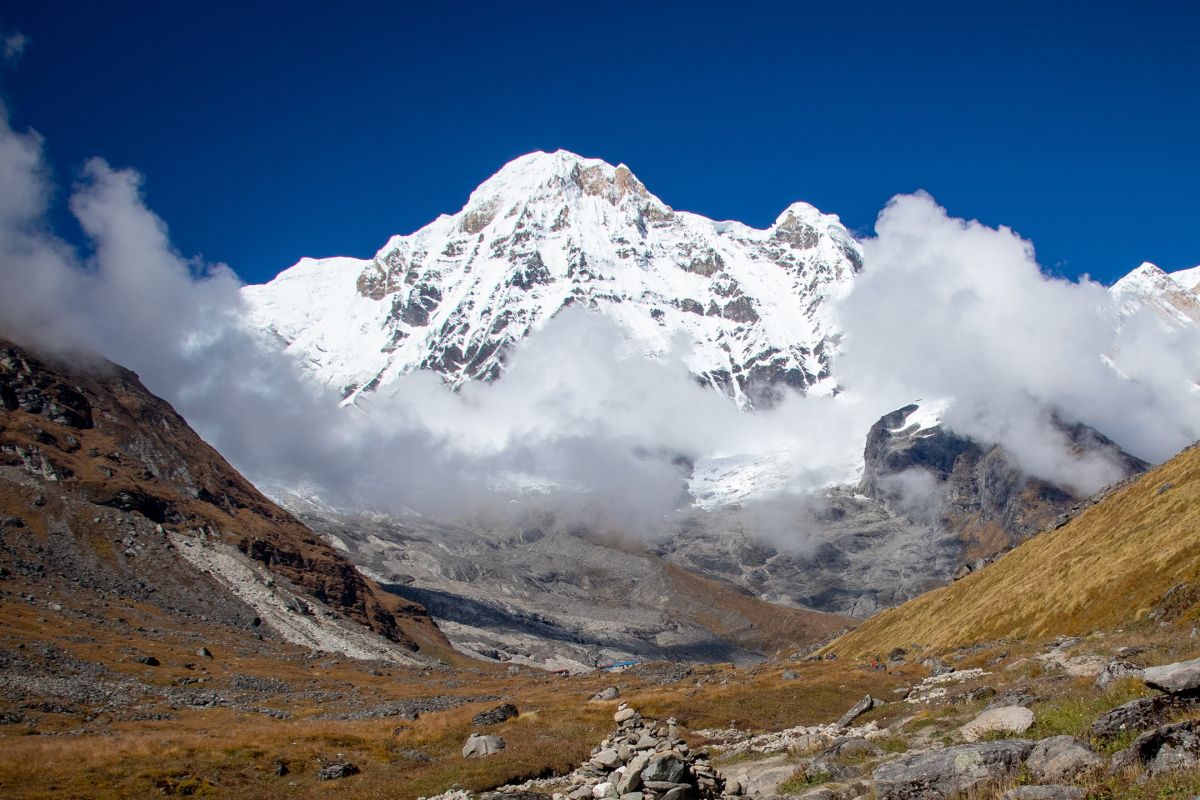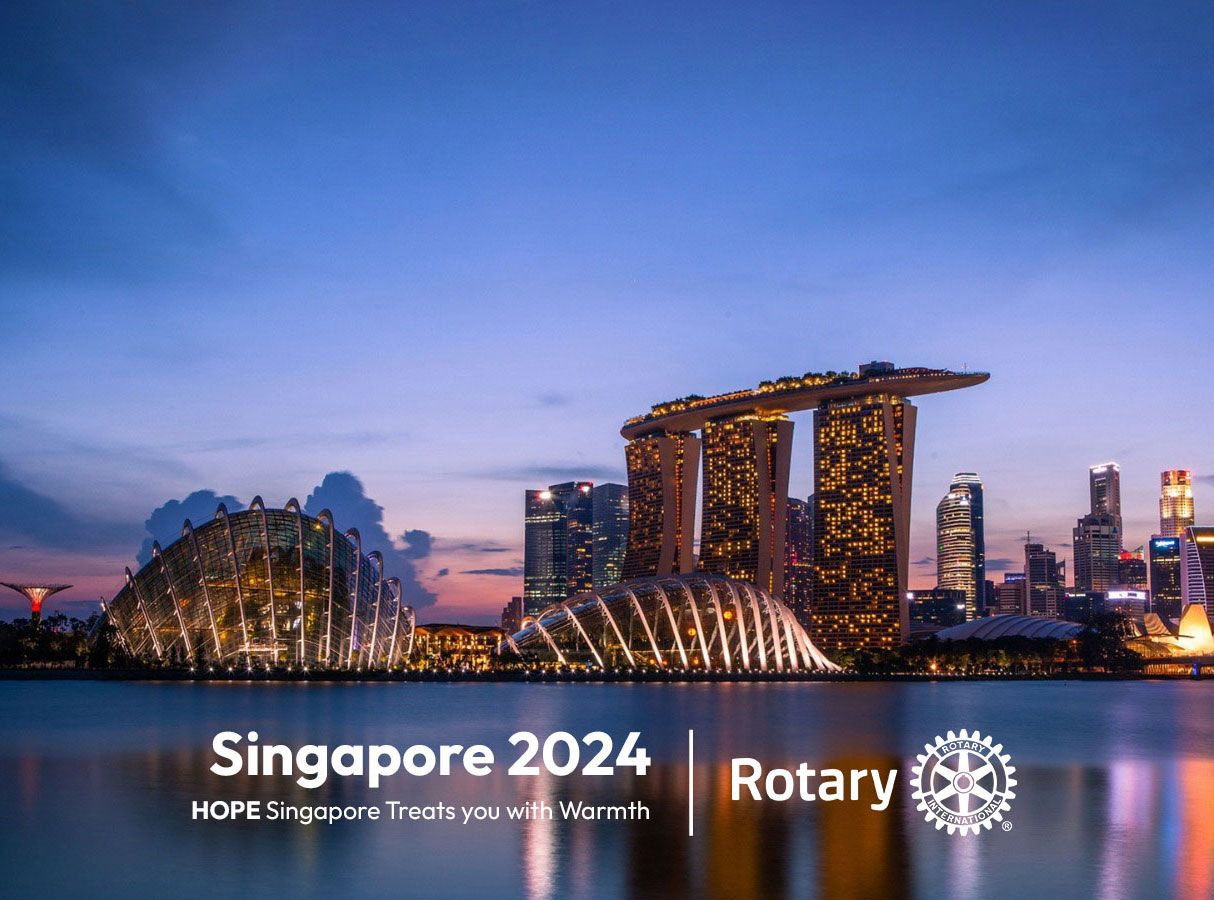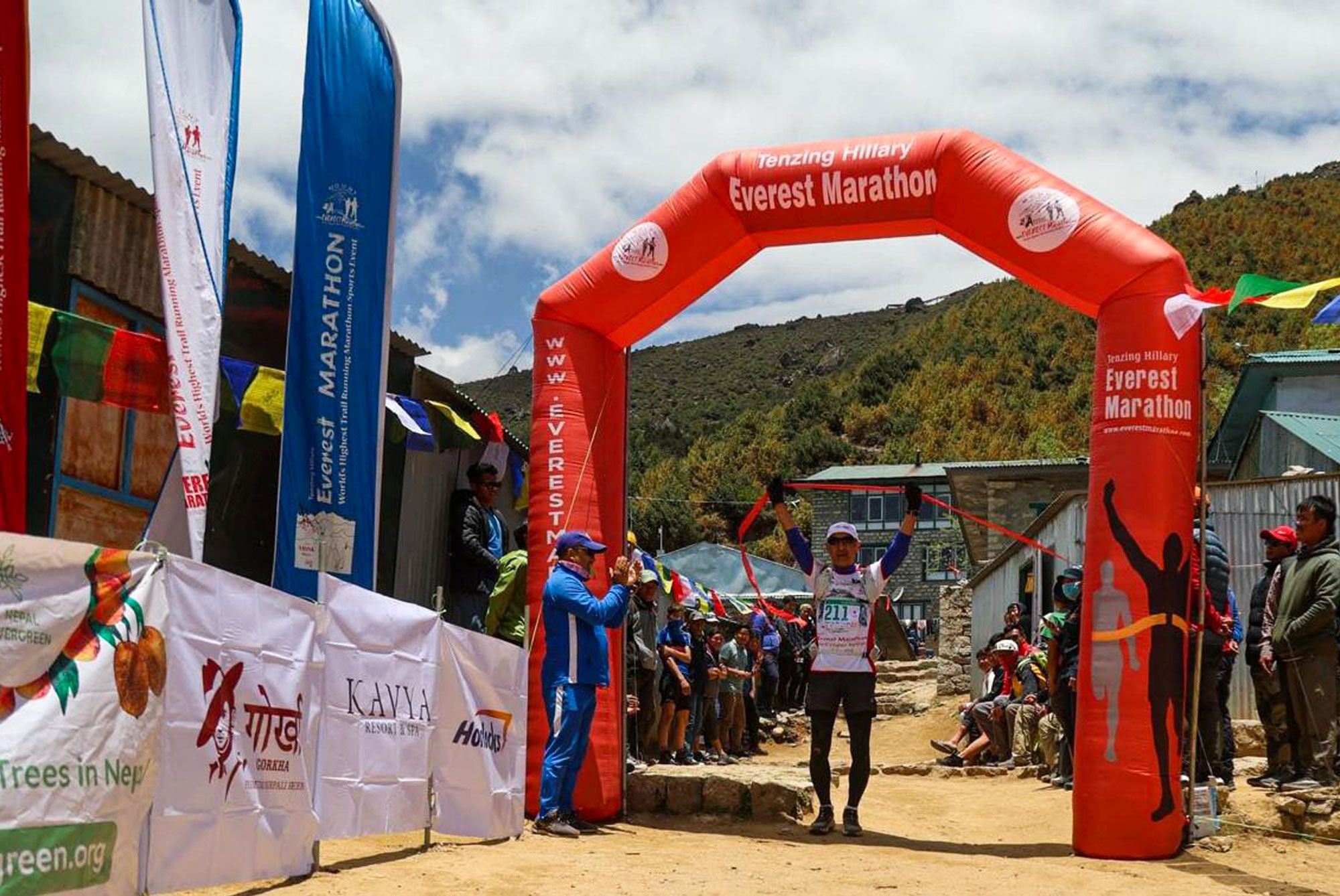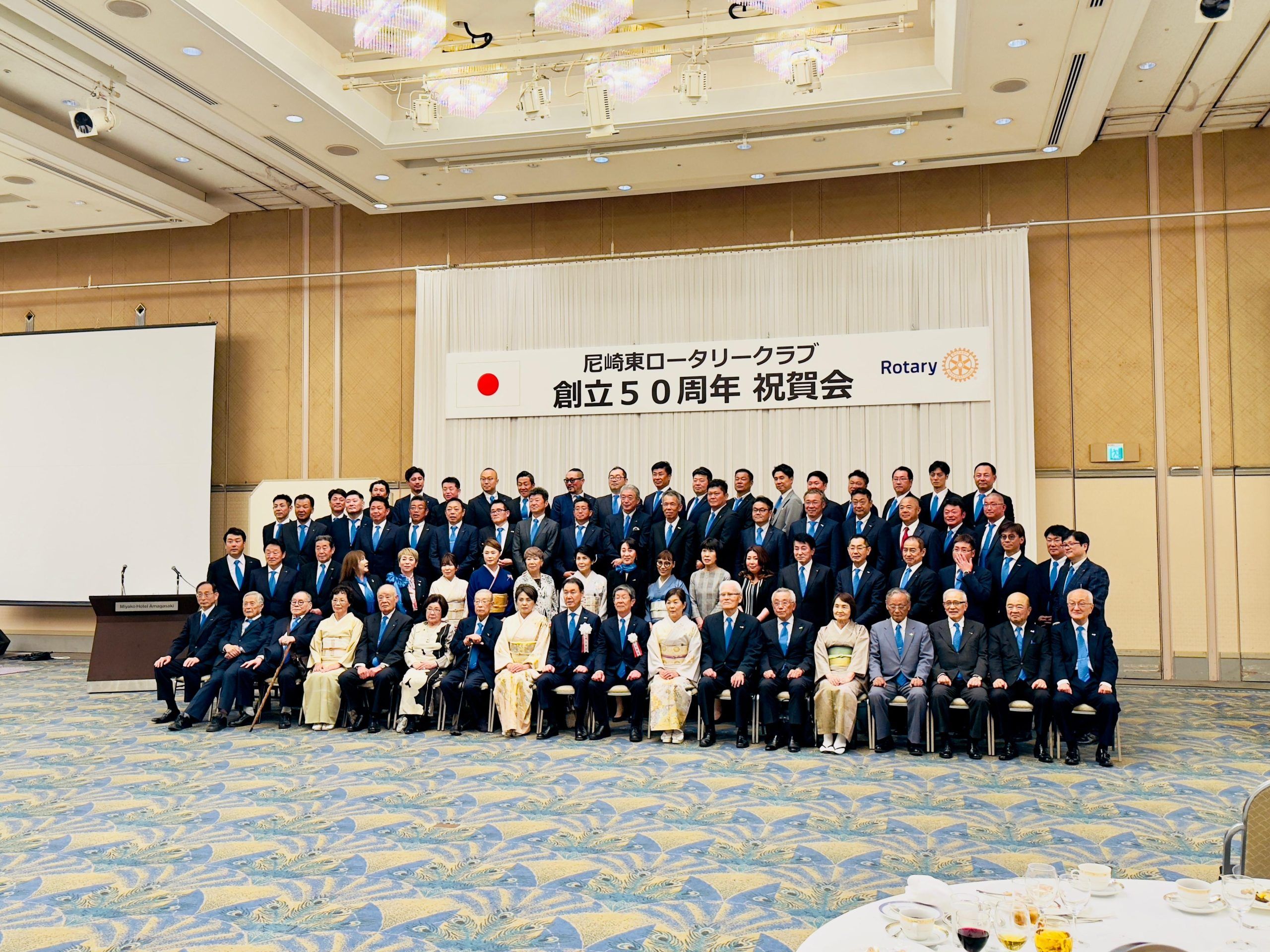Everest Base Camp Trek (16 Days Itinerary)
One of the most popular treks in Nepal, the Everest Base Camp Trek is often on the Top Ten list of travel magazines.
TR#201.
Everest Base Camp Trek Overview
- The journey begins with a short and adventurous flight to Lukla.
-
Recommended: October to December OR February to May
Region
Everest Region
Max. Altitude
5,364m
Duration
16 Days
Difficulty
Challenging
Season
Spring/Autumn
Accommodation
Lodges/Teahouses/ Tent
The Everest Base Camp Trek is one of the most satisfying, enjoyable, and thrilling treks in the world, not just in Nepal. Aside from being captivating and adventurous, the EBC Trek provides enough chances to learn about the local Sherpa culture, discover the unique ecology of the Sagarmatha National Park, and immerse yourself in the quiet and tranquil surroundings of the Khumbu Valley.
The most breathtaking aspect of this trek is the beautiful views of Mount Everest, Mount Lhotse, Mount Ama Dablam , Mount Pumori, Mount Nuptse, Mount Makalu, Mount Cholatse, Mount Thamserku, Mount Kangtega, and many more. The highest point of the trek, Kalapatthar, gives iconic views of Mt. Everest and several other snow-capped peaks.
Everest Base Camp Trek Route
This 16-day Everest Base Camp trek combines breathtaking vistas of several of the world’s highest mountains with interesting Sherpa culture. This exciting journey begins with a short flight from Kathmandu to Lukla, a lovely Sherpa town. You’ll be surprised with spectacular views of the majestic Himalayas from the start of the walk, as you see the first fascinating mountain vistas during this short mountain flight from Kathmandu to Lukla.
After reaching Lukla the EBC trek begins with a hike to Phakding which is followed by hike to Namche Bazaar where you will be staying for acclimatization. The journey follows the trail to Tengboche, Pheriche, Dughla, Lobuche and then finally to the Everest Base Camp.
EBC Trek Highlights
-
Stand at the foot of Mount Everest, in awe of its beauty and scale.
-
Watch the sunset over Mount Everest from Kalapatthar, often known as the Everest viewpoint.
-
Fly into Lukla’s high-altitude Hillary Tenzing Airport, an adventure in and of itself.
-
Visit Sherpa communities and interact with Tibetan-like people and yak herders.
-
Stay at Namche Bazaar, where all Everest adventures begin.
-
The chilling beauty of the Khumbu Glacier and Khumbu Icefalls will leave you speechless.
-
Use the necessary acclimatization days to learn about the Sherpa way of life as you pass through Sagarmatha National Park, with its diverse flora and animals.
-
Follow in the footsteps of Sir Edmund Hillary and other well-known mountaineers.
-
Visit Tengboche Monastery, which has a significant spiritual significance.
Everest Base Camp Trek 16 Days Itinerary
Best Season for Everest Base Camp Trek
The EBC trek is most pleasant in the spring or autumn. Normally, the sky is absolutely bright from sunset to morning at these times.
Spring (February to June) is one of the most significant times to visit EBC. As the monsoon fades, ideal hiking weather appears, and most trekkers go to EBC at this period.
Autumn (Sep-Nov) brings colder temperatures, and as the season develops, snowfall makes EBC hiking more difficult.
Everest Base Camp Trek Safety Tips
The Everest Base Camp is moderately difficult. Among the several challenges of EBC, altitude is regarded as one of the most demanding since the base camp is located at height of 5,364m.
As a result, if a person has a breathing problem, they should avoid the trek entirely. Before hiking at high altitudes, it is advised that trekkers seek appropriate medical counsel and learn how to avoid altitude sickness at Everest Base Camp Trek.
Our Travel Expert
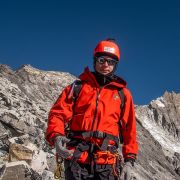
Udaya Gartaula
+9779801026642
info@rolwalingtrek.com
Similar Trekking Packages in Nepal
Blogs and updates
Frequently Asked Questions
How long is Everest base camp trek?
How to prepare for Everest base camp trek?
Whether or not you need to train for Everest Base Camp depends on your current physical condition. Boosting one’s aerobic and physical endurance as well as being used to carrying a daypack upwards for extended periods of time are crucial aspects of preparing for Everest Base Camp.
How to get a permit to climb Mount everest?
How cold is it at Everest base camp?
How long should you train for the Everest base camp?
Do you get a mobile network at Everest Base Camp?
Is there money exchange in Everest base camp?
Cancellations & Refunds
At Rolwaling Trek, we just want our clients to have the best possible experiences. That’s why we don’t withhold deposits or have a fixed cancellation policy. We understand that sometimes life puts you in unexpected situations, so if you have to cancel or postpone a trip, there’s no need to worry.
If you need to change plans, please get in touch with us as soon as you can, and we will make the necessary arrangements to amend or cancel your trip. You can contact us at: +977 – 9801026642.
Notes
-
Trekking routes can be customised to suit your personal interests, abilities and time constraints.
-
If an area does not have good quality accommodation options, we can provide very comfortable camping-style accommodation for the duration of your journey.
-
Rolwaling also has a team of cooks who specialise in making Japanese cuisine, using authentic ingredients from Japan.
-
A lot of the fresh produce used in our dishes is sourced locally from growers in the trekking region.
Bespoke Trips to the Himalayas
We pay special attention to your requirements and craft personalized getaways which showcases unique cultural, adventure and natural experiences of Nepal. We craft bespoke journeys for your expeditions & treks and also ensure you can experience the best that Nepal has to offer even for your shorter trips.
